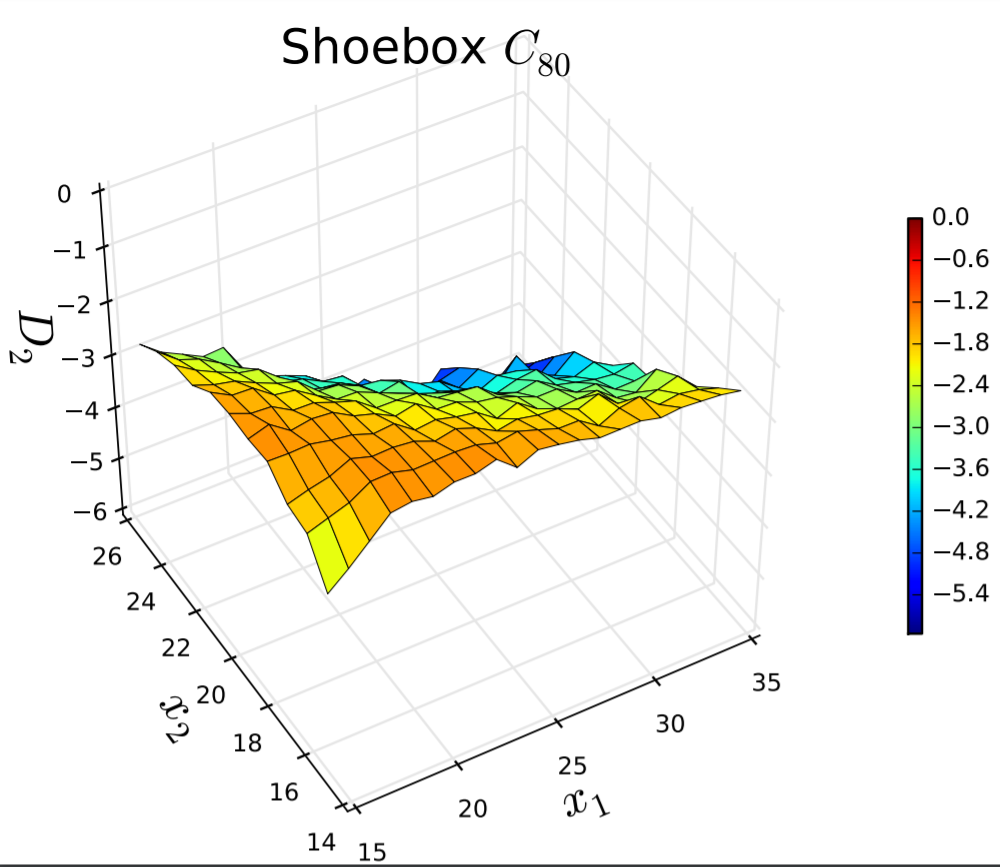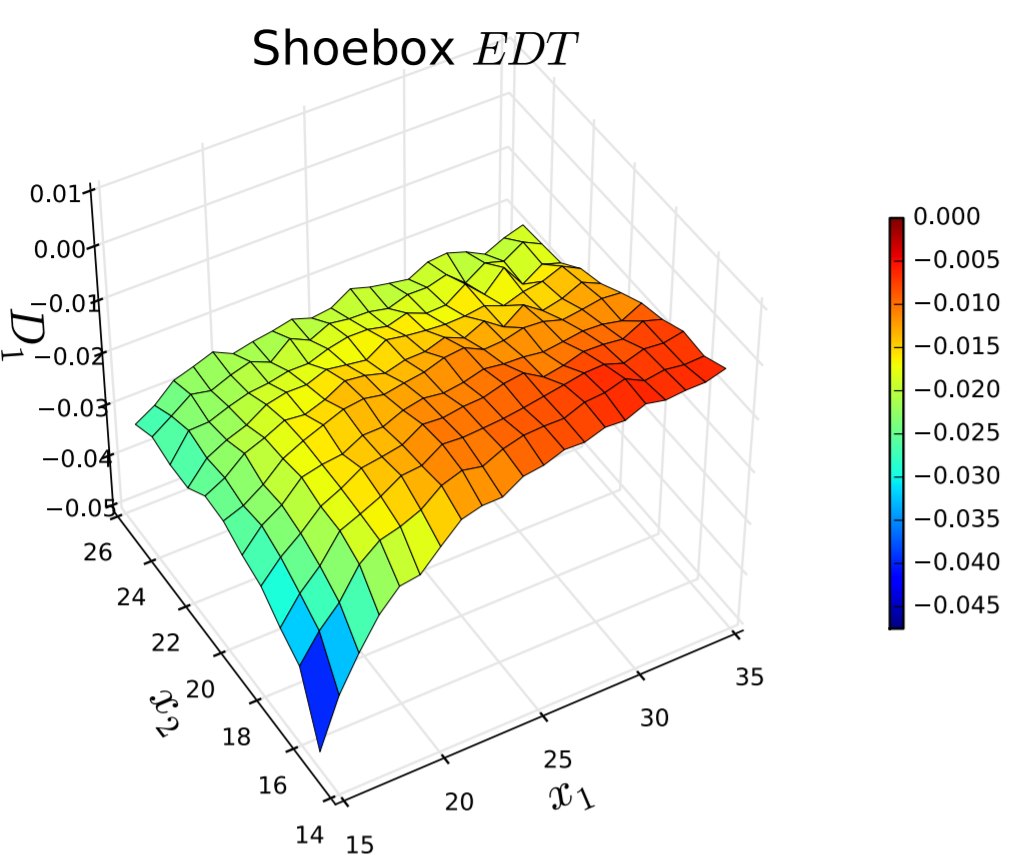Open Research has provided support to countless academic and professional research initiatives, some of which are listed below.
If you have a research project that you feel should be listed among the projects below, please get in touch.
Project: Pachyderm Acoustical simulation
Lead researcher: Arthur van der Harten
An open source collection of numerical and geometrical simulation techniques curated by Open Research in Acoustical Science and Education. As of the time of publication, Pachyderm includes geometrical acoustics (ray-tracing and image source with enhancements, and visualization), Finite Volume Method (with several built-in applications, including eigen-frequencies, 3d scattering coefficient prediction, and visualization), and Transfer Matrix techniques for calculation of acoustic absorption which can be applied in the simulation techniques. The software is provided as a growing public resource for professionals and researchers alike.
Participate here…
Project: Parametric Study Of Concert Hall Types
Lead researcher: Tomas Mendez Echenagucia
Others involved: Louena Shtrepi - Politecnico di Torino, Arianna Astolfi - Politecnico di Torino
The parametric study calculates the distribution of room acoustic parameter values, by means of the a weighted delta JND approach, for a series different of rooms of varying shape. Each concert hall typology was parameterized using 2 variables. The performance of these rooms can be plotted on a grid, and performance expressed on the Z axis to create a fitness landscape.
This study requires the combination of a parametric model, capable of generating all the geometries to be studied, as well as a large number of room acoustic simulation models. Both models were done by means of the Python programming language and Pachyderm acoustic simulation.
PROJECT: Real Time Auralization AT RHODE ISLAND SCHOOL OF DESIGN
Lead researcher: Alban Bassuet
The Rhode Island School of Design has created a real-time acoustic auralization system for use as a design tool. Students are able to modify their proposals in real-time, and listen to the results immediately. Alban Bassuet reached out to ORASE for assistance in setting up his lab system. Minor modifications were made to the grasshopper interface for Pachyderm in order to allow him to get specific data from the image source system, and to retrieve the reverberation time quickly from a dynamic model in the Rhinoceros software. The data is sent from Grasshopper to MaxMSP, and Spat is used to auralize sound in in a multi-speaker array.
PROJECT: Heavenly rooms - Parametric study of open office acoustics with Helmholtz resonator arrays
Lead researcher: Vidhya Rajendran
Others involved: Ryan Mullenix - NBBJ Architects, Brian Johnson - University of Washington, Tomás Méndez Echenagucia - University of Washington
An absorptive panel composed of Helmholtz resonators of varying geometries was designed and analytically tested for its performance. The absorption coefficients in octaves were plugged into Pachyderm Acoustics for testing the ceiling hung panel’s efficiency in attenuating speech transmission in open offices. Two types of study were performed to optimally locate the panels for attaining good acoustics - the heights of the panels were successively increased from 2.1m to 3.3m (ceiling height in the simulation is 3.5m); and the number of panels were increased (expressed as area% of ceiling area). “Good” acoustics for open-offices, as expressed in ISO 3382-3, is determined by spatial decay, A-weighted sound pressure level at 4m from the source, distraction distance, and the reverberation time. Pachyderm Acoustics is used for determining these single-number values for evaluating different open office layout against different panel locations.















